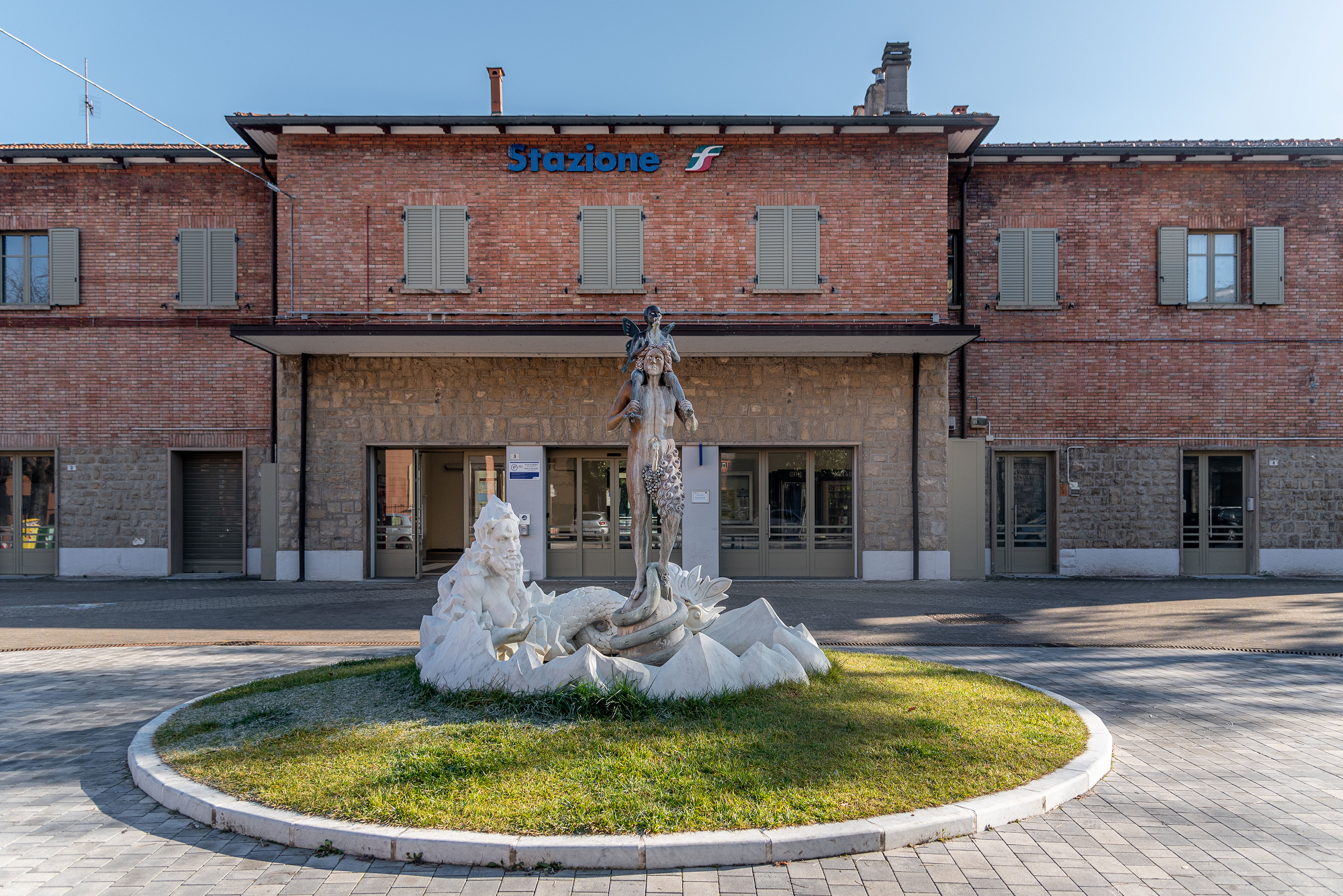Contemporary Art in Bologna and Surroundings
Updated on 14 November 2022 From Bologna Welcome
Lorenzo Balbi, director of MAMbo - Museo d'Arte Moderna di Bologna since 2017 and head of the Modern and Contemporary Art Area of the Bologna Civic Museums Department. As of 2018 he is the art director of ART CITY Bologna.
Bologna is a city of contemporary art and visual arts experimentation, notable for its extraordinary vocation to investigate possible present-day media, a privileged field of study and research for several generations of artists.
A walk through contemporary art can only begin in the halls of the Morandi Museum, a stone's throw from the central station, within the areas of the former Forno del Pane (Bread Factory). The museum houses the largest public collection dedicated to Giorgio Morandi, a leading figure in 20th century Italian art inextricably linked to the city. No work alone can be singled out: the entire collection traces the Bolognese master's artistic career, among techniques, themes and inspiration sources.
Casa Morandi Studio, detail ©Roberto Serra
Alongside the Morandi Museum, the permanent collection of one of the oldest public institutions dedicated to modern and contemporary art in Italy can be visited in the rooms of MAMbo - Museo d'Arte Modena di Bologna. The best-known piece is Funerali di Togliatti (1972) by Renato Guttuso, not only the most celebrated painting by this important artist, but also a symbolic work of pride, representative of the city's political and social history and in permanent custody at the Galleria d'Arte Moderna di Bologna since its opening in 1975.
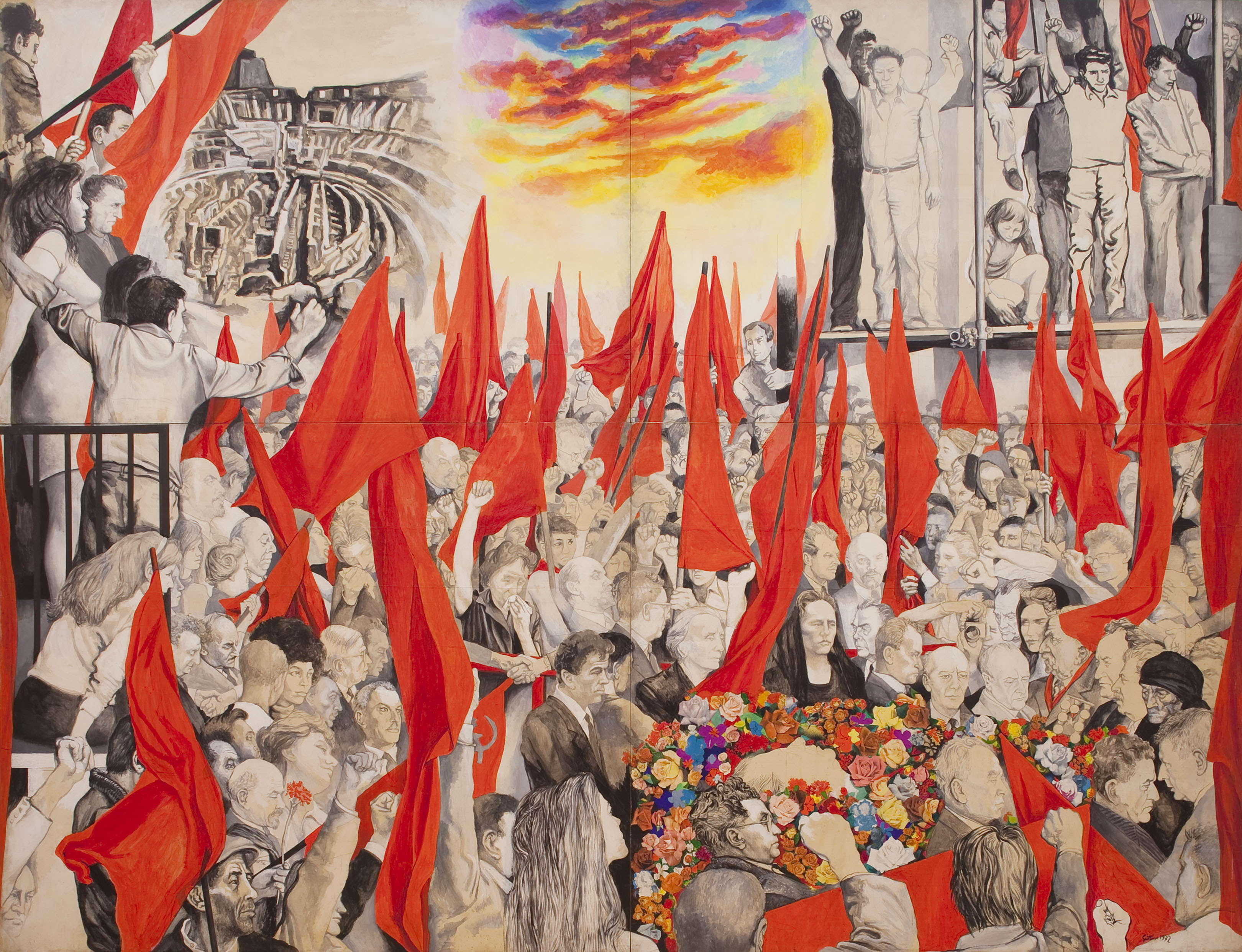
Funerali di Togliatti, Renato Guttuso ©Marco Augusto Ghilardi for BW
A number of important contemporary artworks can be admired in the Cavaticcio Park, including Stella di Bologna (2008) by Gilberto Zorio, the large sculpture Senza titolo (1997) by Giuseppe Maraniello, Scudo con fontana (1987/1993) by Mimmo Paladino, though special attention should be paid to the 1970 "Three Columns" (Mole circolare/Cilindro costruito/Colonna intera recisa) by Arnaldo Pomodoro, relocated to this position from the original site at the centre of Piazza Verdi, the heart of the university district, where the artwork was enjoyed by students as a forum for expression.
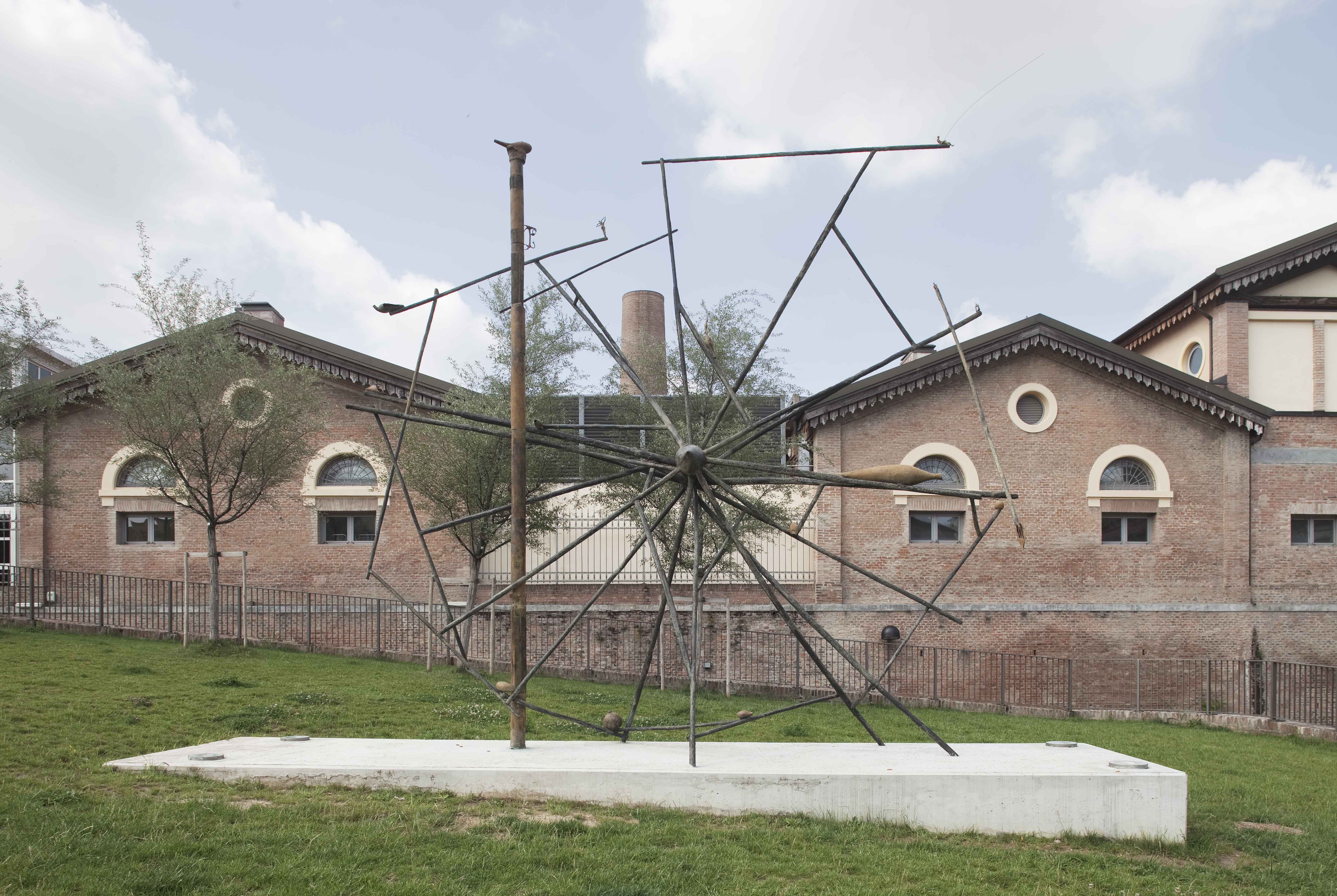
Senza titolo, Giuseppe Maraniello ©Matteo Monti
Walking up from Cavaticcio Park, we come across another major cultural institution in the city, the Cineteca di Bologna with its Cinema Lumière. Right facing the entrance, in Via Azzo Gardino, the light installation Casa Grande (2009-2011) by ZimmerFrei stands out as one of the many traces of the intense artistic activity of past and present-day Bologna with respect to public spaces.
Casa Grande, ©ZimmerFrei
Kinkaleri's intervention, commissioned by xing, one of the many cultural associations shaping Bologna's cultural scene, is also part of this trend.
Wanted (2007) kick-started the installation process of numerous Ws in different parts of the city, with these strange signposts drawing a non-existing, overturned underground line, rather representing an idealisation created by people, who unite imaginary stations with their path.
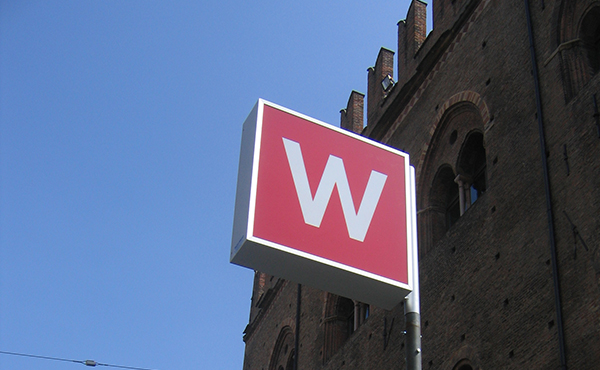
As you proceed, you cannot fail to stop off at MAST, a foundation dedicated primarily to the investigation of industrial photography. The foundation engages in the production, organisation and promotion of Foto/Industria, a biennial exhibition of industrial and labour photography held in various venues around the city. Just outside, the building's main entrance is strongly defined by an imposing work by Anish Kapoor, Reach (2017).
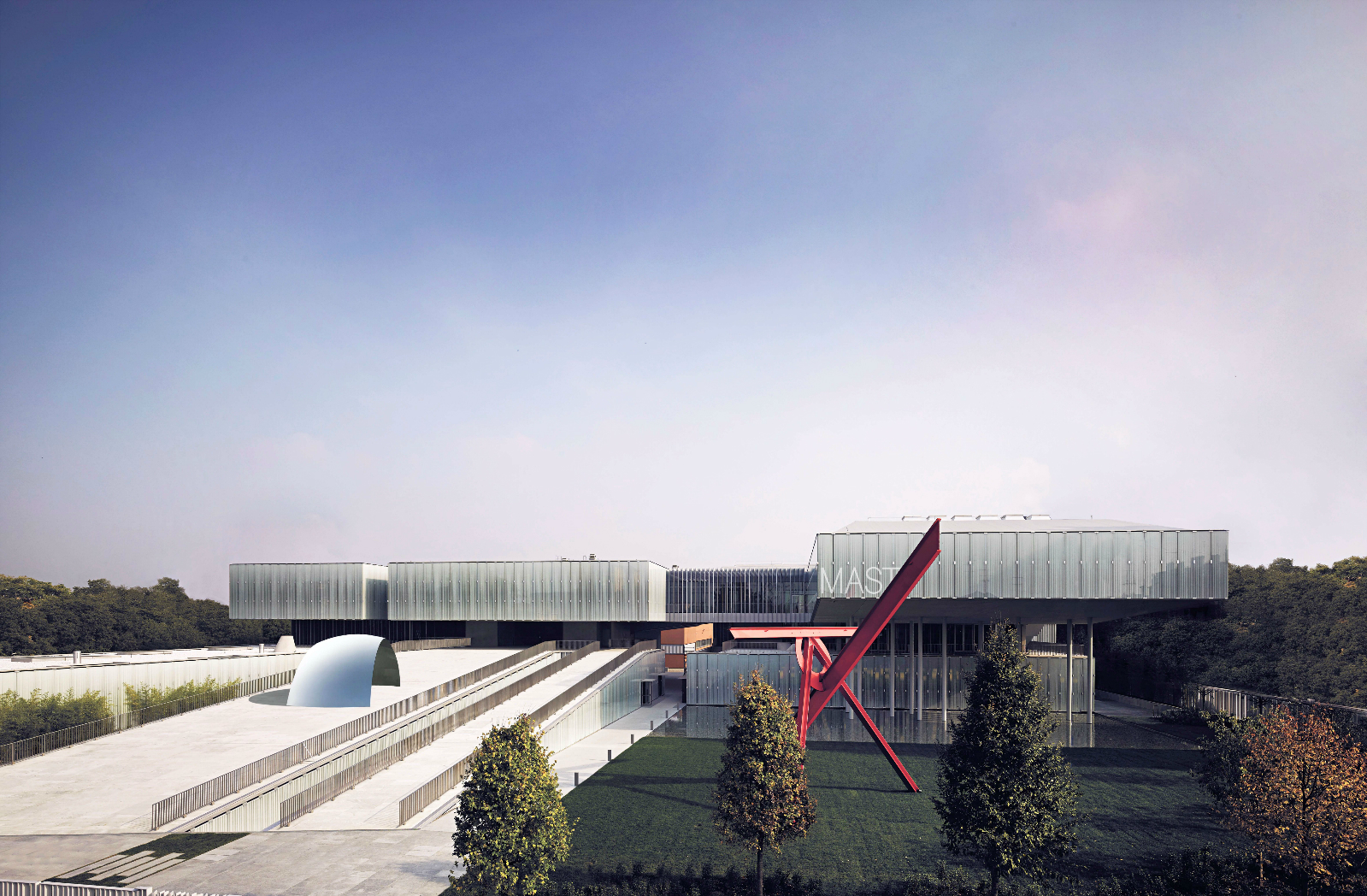
Our promenade continues down to the Memorial Museum of Ustica, erected around the wreckage of the Itavia DC9 aircraft that was shot down on 27 June 1980, causing the loss of 81 lives in the Italian skies. The permanent installation A proposito di Ustica (2007) by recently deceased contemporary artist Christian Boltanski is the museum's highlight. The work focuses on shared memory and its potential to be perpetuated over time.
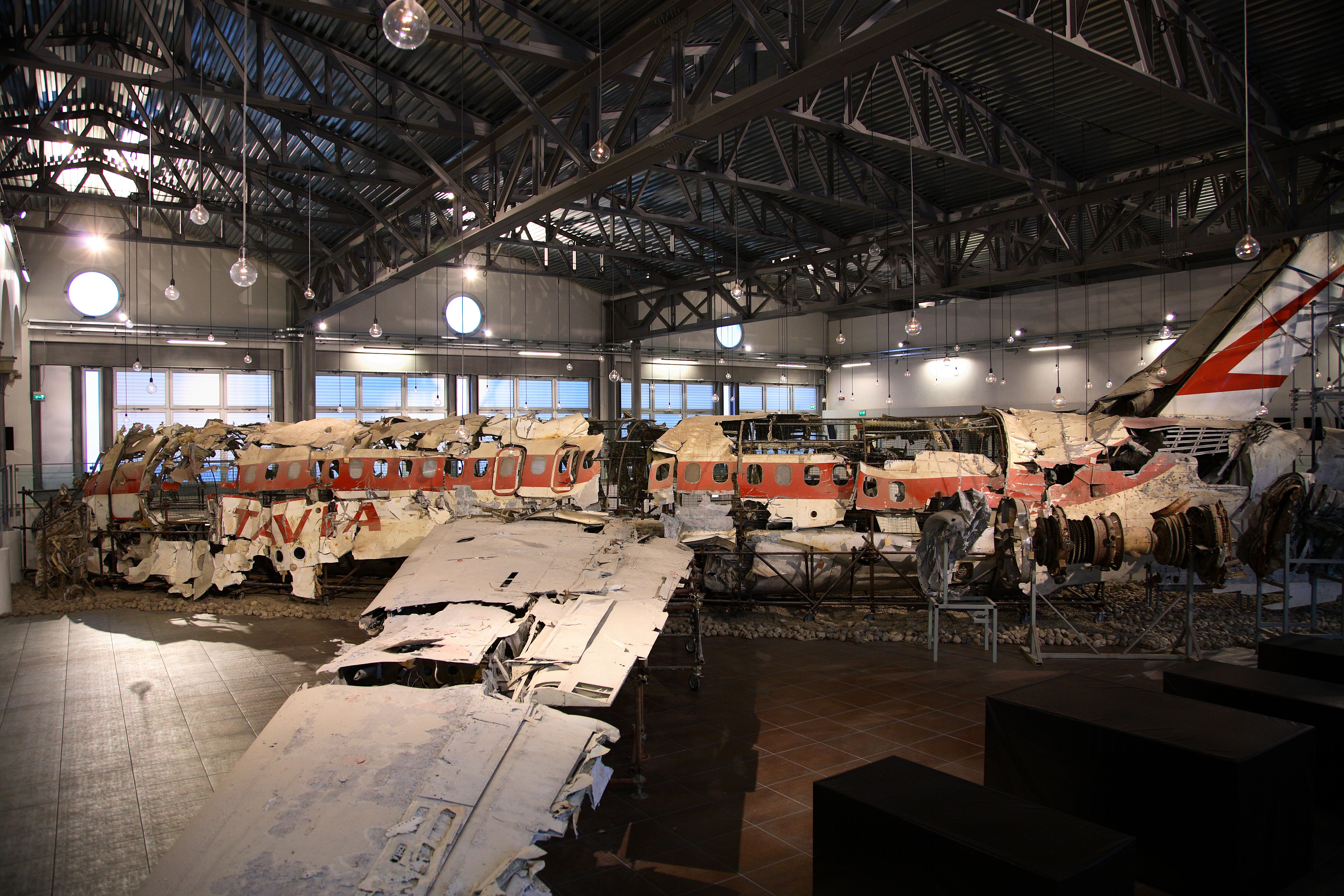
A proposito di Ustica, Christian Boltanski ©Sandro Capati
Bologna's concept of art is very much related to urban and public spaces. Famous Italian and international street artists have left their mark in the city, notably Blu and Ericailcane, as well as traces of projects such as Frontier- La linea della stile (2012), including a work by Daim in Via Fioravanti, a few steps away from the former social centre known as Link, one of the most dynamic places in the city's cultural production.
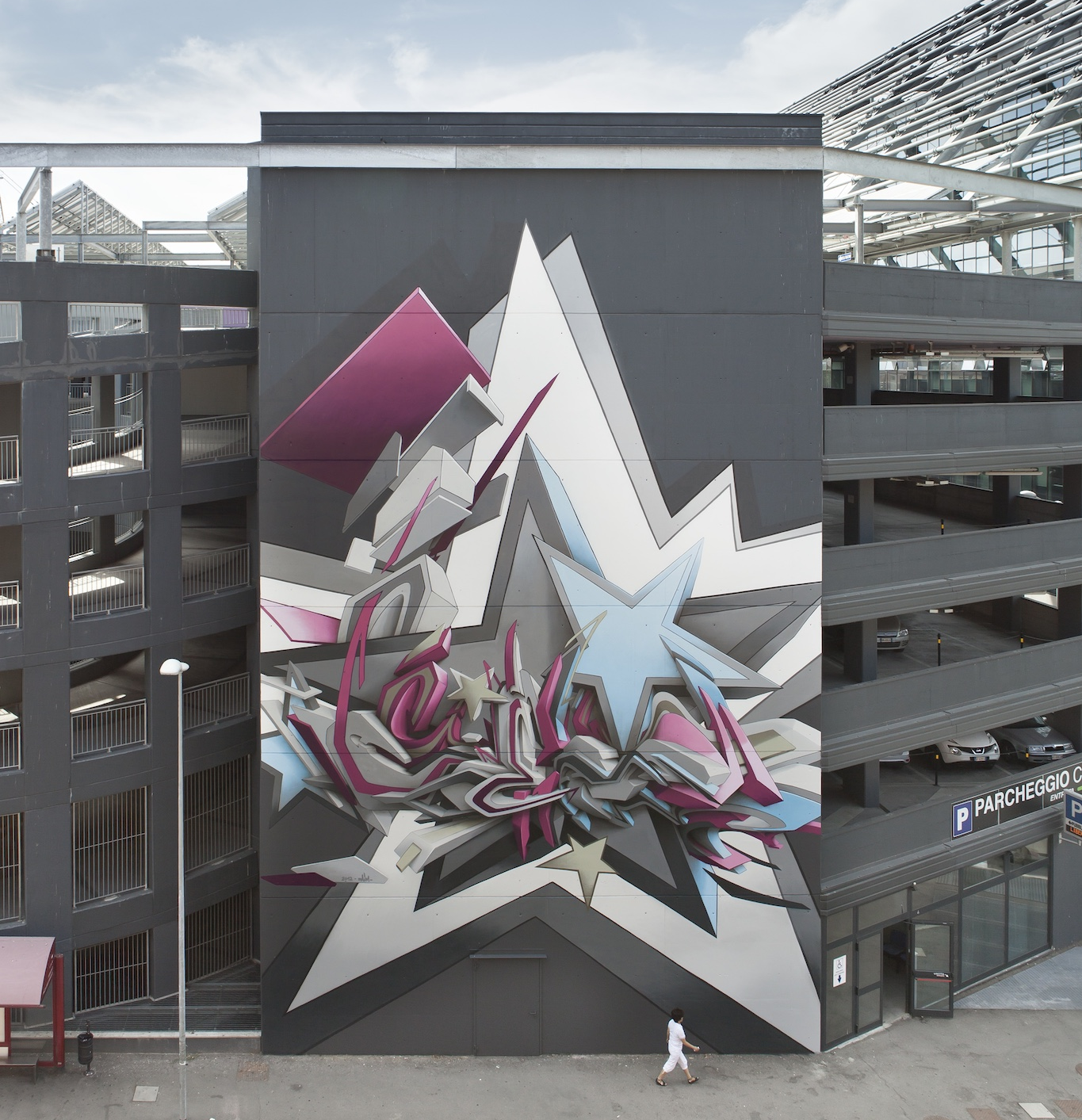
©DAIM, Corner to Corner
As you move away from the historic centre, you can come across a variety of interesting works located in more peripheral places, including the territory of the Metropolitan City, such as the Orti Boschetto Lungo Reno (Barca District). On display here is the work COSINUS (Cosmic Winds) by Margherita Morgantin, the result of a collaboration between MAMbo and xing, presented on the occasion of ART CITY Bologna 2021, a major annual event for contemporary art in the city.
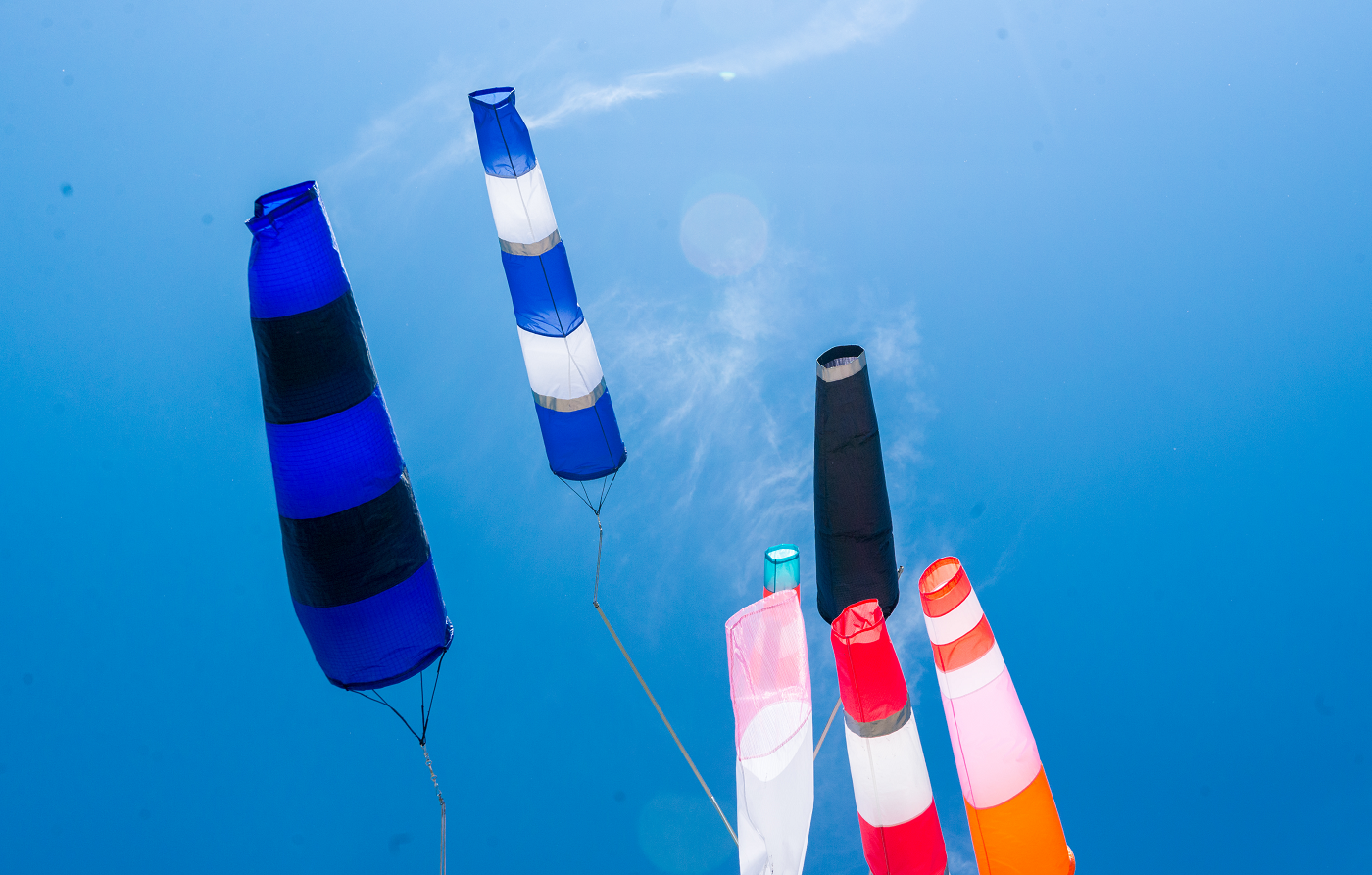
COSINUS, Orti Boschetto Lungo Reno. Photo by Luca Ghedini
The Certosa Monumental Cemetery is a true open-air museum of sculptures, showcasing the works of many prominent artists. I personally recommend lingering in the Pantheon room for secular funerals, home to the installation Sala d'Attesa (2008), by one of the best-known Bolognese artists in activity, Flavio Favelli. The space has been completely redesigned from its original structure in terms of aesthetics and functionality, partly through the use of salvaged materials.
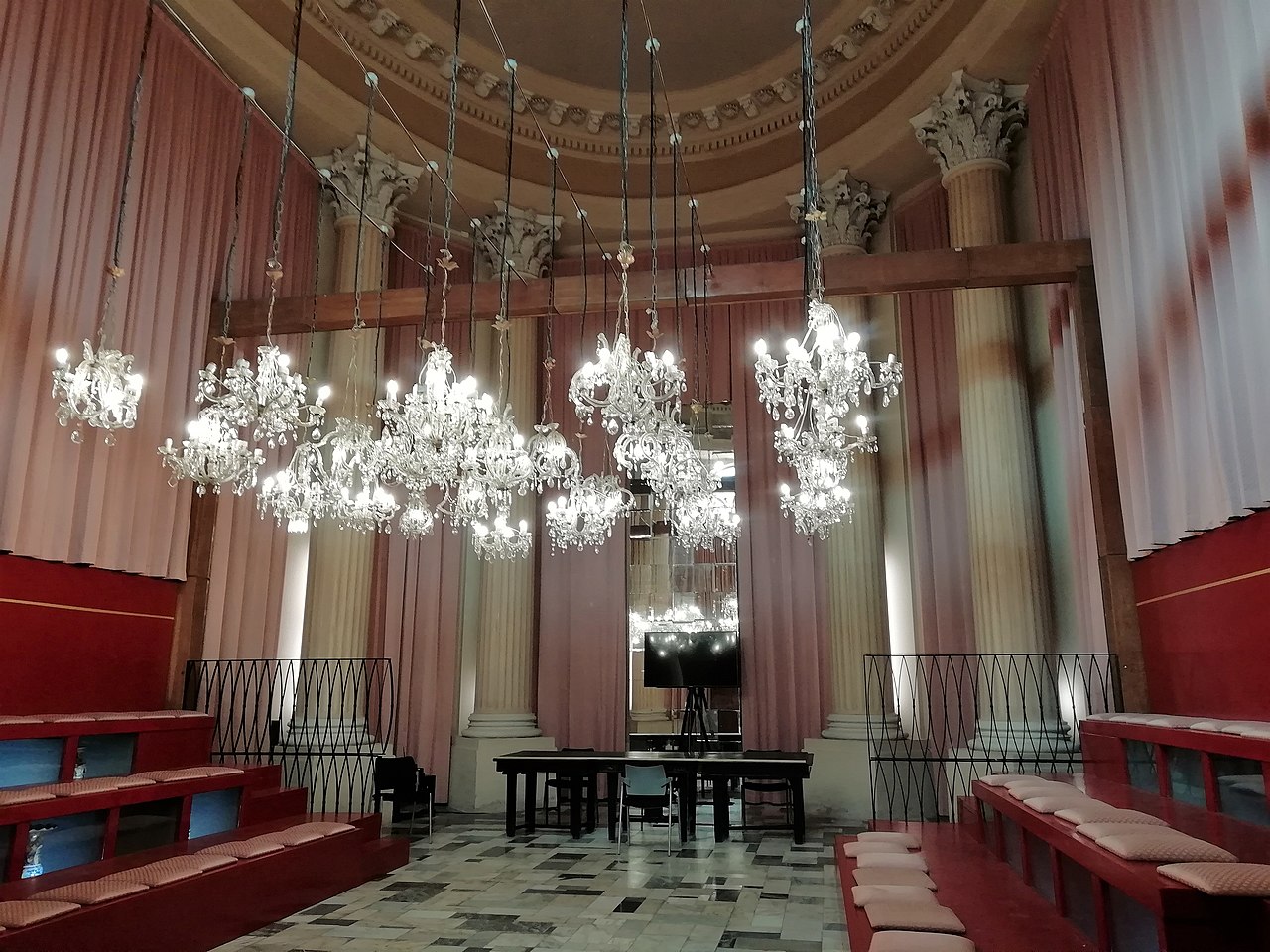
Sala d'Attesa, Flavio Favelli ©Urban38
Our tour ends along the via Porrettana across the Tuscan-Emilian Apennines with the opportunity to dwell in exceptional places such as the Church of Santa Maria Assunta di Riola, designed by Alvar Aalto, or the Rocchetta Mattei, before reaching Vergato, the birthplace of one of Italy's most influential artists, Luigi Ontani. A stop can be made here in front of the fountain he created as a tribute to his birthplace: RenVergatellAppenninMontovolo (2019).
